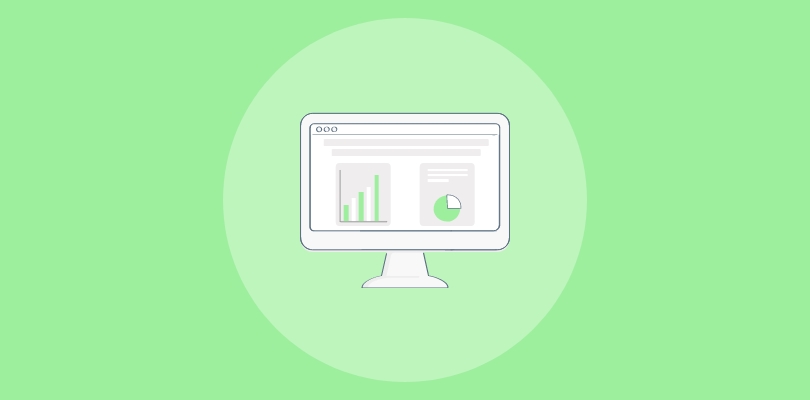In e-commerce, where a click often translates into potential revenue, the bounce rate stands as a crucial metric. It reflects the percentage of visitors who navigate away from a website after viewing only one page, indicating a missed opportunity for engagement and conversion.
In fact, the bounce rate of ecommerce and retail websites can reach up to 45%, which means almost half of all visitors will leave without making any purchase.
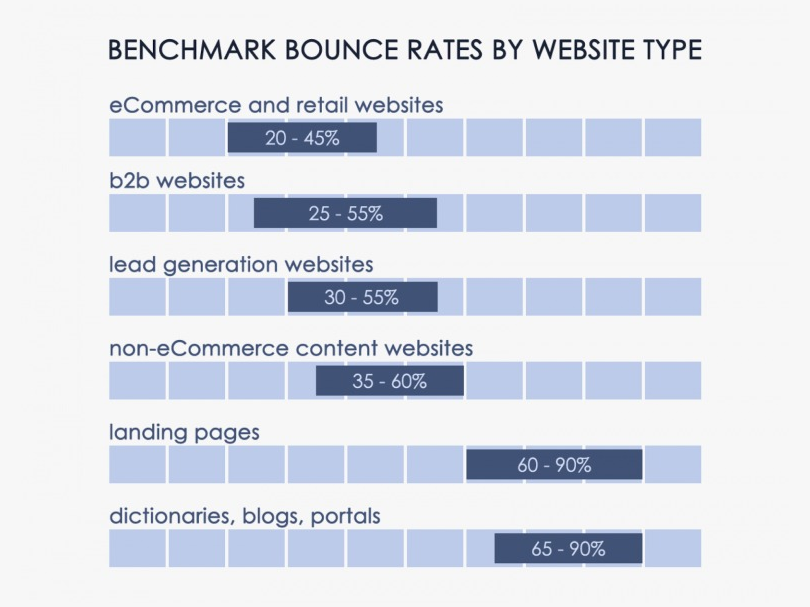
That’s almost half of your revenue never earned.
Understanding how to reduce bounce rates in e-commerce is paramount for businesses striving to create a seamless online experience.
In this blog, we dive into actionable strategies and insightful tips that empower e-commerce business owners to captivate their audience, enhance user satisfaction, and ultimately foster a thriving digital storefront.
What Is Bounce Rate and How to Calculate It
Bounce rate represents the percentage of visitors who navigate away from your site after viewing only one page, offering insights into the initial impression and user experience.
Calculating this metric is straightforward—it’s the number of single-page sessions divided by the total number of sessions. The resulting percentage reflects the proportion of visitors who “bounce.”

This fundamental metric is a key indicator of user satisfaction and can guide your strategies to optimize content, design, and overall website performance.
Understanding how to interpret and leverage bounce rate is the first step toward creating a compelling online presence that keeps visitors engaged and drives conversion.
Also Read - 10 Effective Ways to Reduce Website Bounce Rate
10 Effective Ways to Reduce Bounce Rate Ecommerce
You can deploy many strategies to reduce your ecommerce bounce rate. Let’s take a look at some of the most effective ones:
1. Optimize Page Load Speed
Page load speed is gateway to a positive user experience. Visitors expect instant access to information, and any delays can lead to frustration and abandonment.
Compress images without sacrificing quality; large files contribute to sluggish loading times. Minimize HTTP requests by simplifying your site’s structure and utilizing efficient coding practices. Additionally, leverage browser caching to store elements that don’t change frequently, reducing load times for returning visitors.
Employ tools like Google PageSpeed Insights to identify and rectify speed bottlenecks, ensuring your e-commerce platform loads swiftly and keeps potential customers engaged from the moment they land on your site.
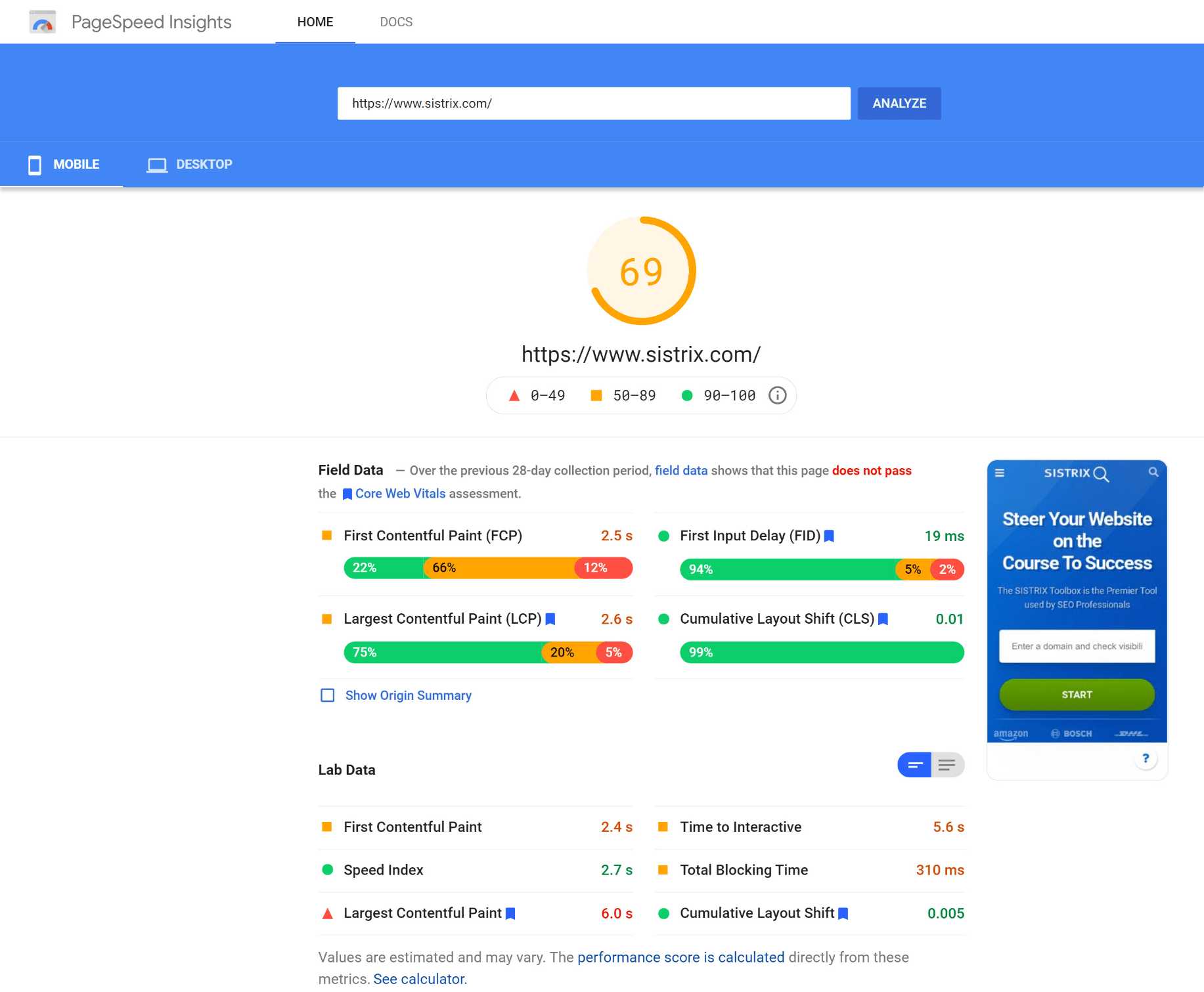
2. Mobile Optimization
Mobile optimization is not merely an option but a necessity in the age of smartphones. Ensure your e-commerce site is not just responsive but provides a seamless experience across various devices.
Optimize images for smaller screens and prioritize mobile loading speed by minimizing large files and utilizing efficient coding. Test your site on different devices to identify and address any usability issues.
Simplify navigation for touch screens, making it intuitive and easy for users to explore your products. A user-friendly mobile experience not only satisfies customers but also significantly contributes to reducing bounce rates among mobile users.
3. Clear CTAs
Calls to Action (CTAs) are the guiding stars of user interaction on your website. Craft compelling and clear CTAs that prompt users toward specific actions. Use contrasting colors to make them visually distinct, and strategically place them where users are most likely to see and interact with them.
Whether it’s “Shop Now,” “Learn More,” or “Subscribe,” ensure that the language is concise and aligned with your overall brand messaging. Regularly test different variations through A/B testing to discern which CTAs resonate best with your audience.
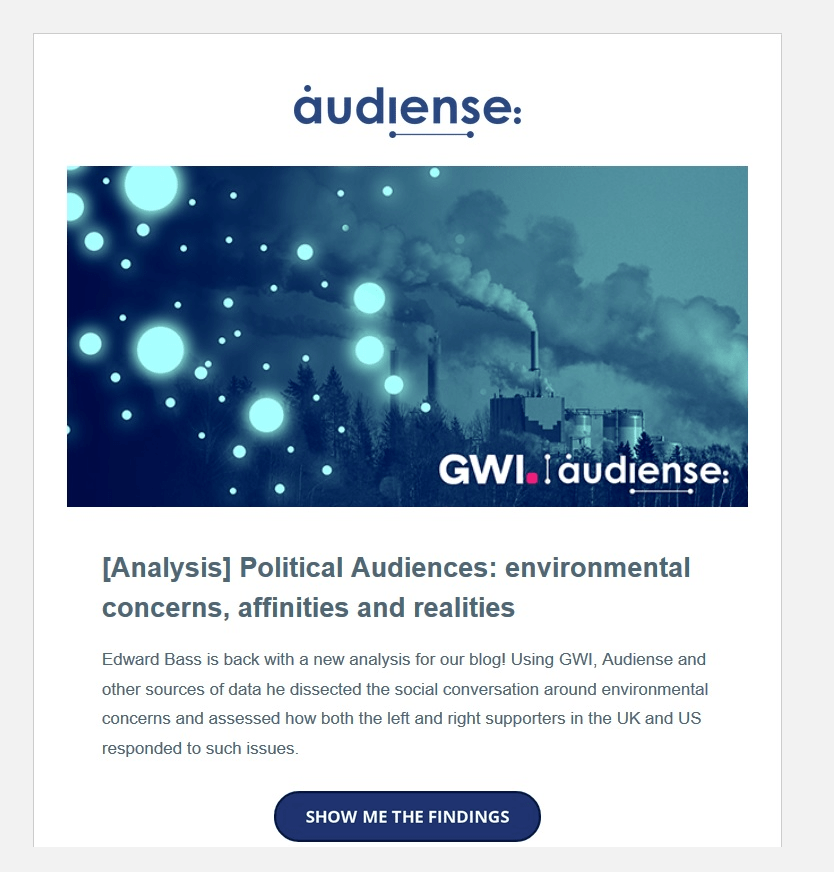
Regularly updating and optimizing CTAs ensures that your users are consistently prompted towards actions that align with your business goals.
4. Exit-Intent Pop-ups
Strategically implemented exit-intent popups can be a last-ditch effort to retain potential customers on the verge of leaving your site. These pop-ups should be relevant, offering incentives, discounts, or subscription prompts tailored to the visitor’s browsing history.
However, it’s crucial to strike a balance – intrusive pop-ups can have the opposite effect. Implement exit-intent pop-ups thoughtfully, ensuring they add value rather than causing irritation.
By addressing specific pain points or showcasing personalized recommendations, you can effectively re-engage visitors and decrease the likelihood of them bouncing without making a purchase.
Tools like Picreel can enhance this strategy by providing a platform to design and deploy exit-intent pop-ups with precision, integrating seamlessly into your overall e-commerce optimization efforts. Picreel’s personalization options allow for tailoring offers based on user behavior, while its exit surveys provide valuable insights into visitor motivations.
5. Display Top Deals/Discounts/Limited Time Offers
Your homepage is prime real estate for capturing attention, and showcasing top deals, discounts, or limited-time offers here can be a game-changer.
These promotions create a sense of urgency, encouraging immediate engagement and reducing the likelihood of visitors bouncing without exploring further. Design visually appealing banners or sections that clearly communicate the value and time-sensitive nature of these offers.
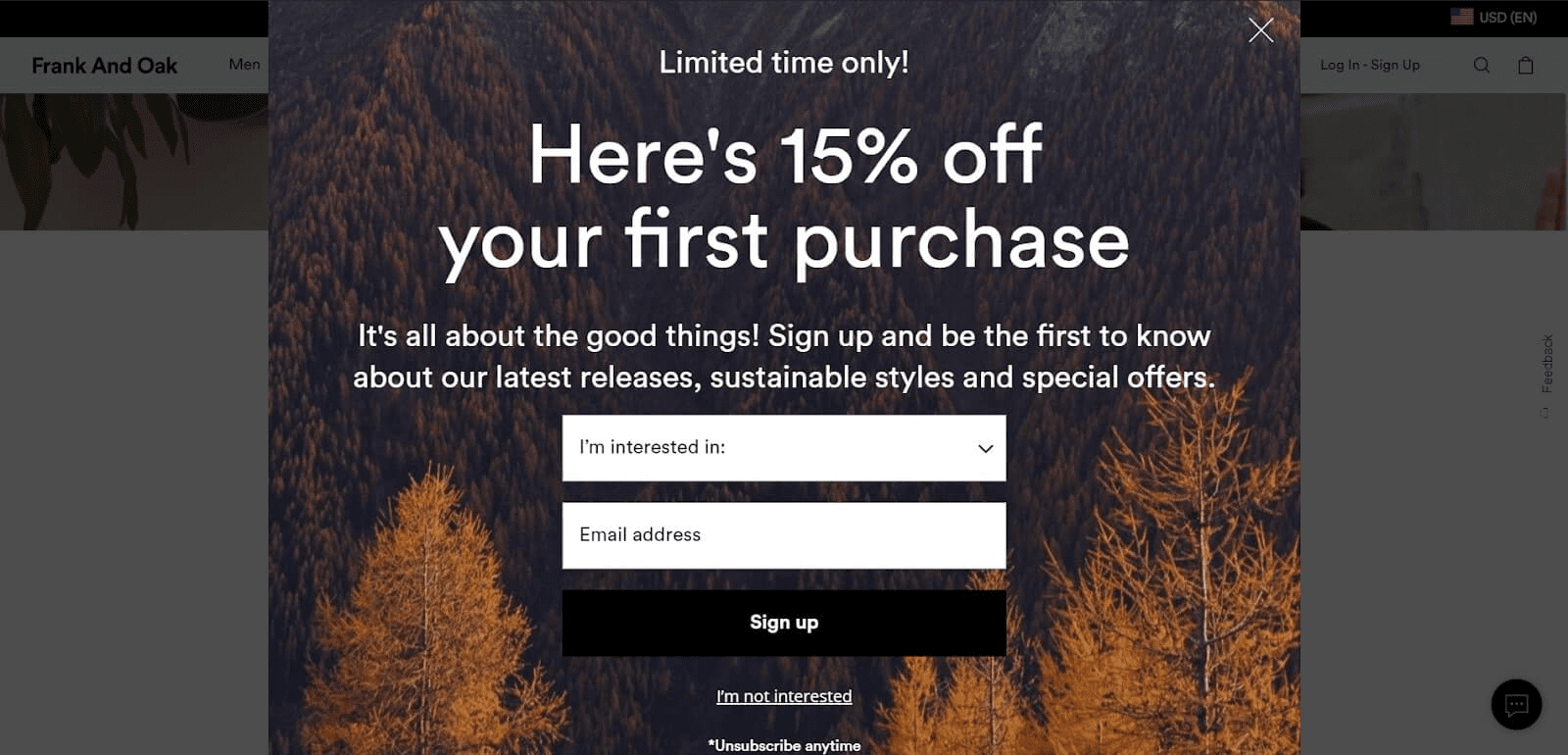
Consistently updating and promoting these promotions not only keeps your site dynamic but also encourages repeat visits, contributing to a sustained reduction in bounce rates over time.
6. A/B Testing
A/B testing is a perpetual process of refining your website based on user preferences. Experiment with different variations of headlines, images, and CTAs to identify what resonates most effectively with your audience.
Use A/B testing tools like Picreel to create and test your popups with real users, then implement the insights gained to make data-driven improvements. Regularly iterating on your site’s elements keeps it optimized for user engagement, contributing to a gradual reduction in bounce rates over time.
This ongoing refinement ensures that your e-commerce platform remains dynamic and responsive to your audience’s evolving preferences.
Also Read: How to Conduct A/B Testing for Popups
7. Seamless Guest Checkout
The checkout process is a critical juncture in the user journey. Streamlining it, especially for guest users, minimizes friction and reduces bounce rates. Limit the required form fields, allowing users to complete their purchases efficiently.
Offering guest checkout options eliminates the need for account creation, catering to first-time visitors whom a lengthy registration process might deter. Provide multiple payment options to accommodate diverse preferences.
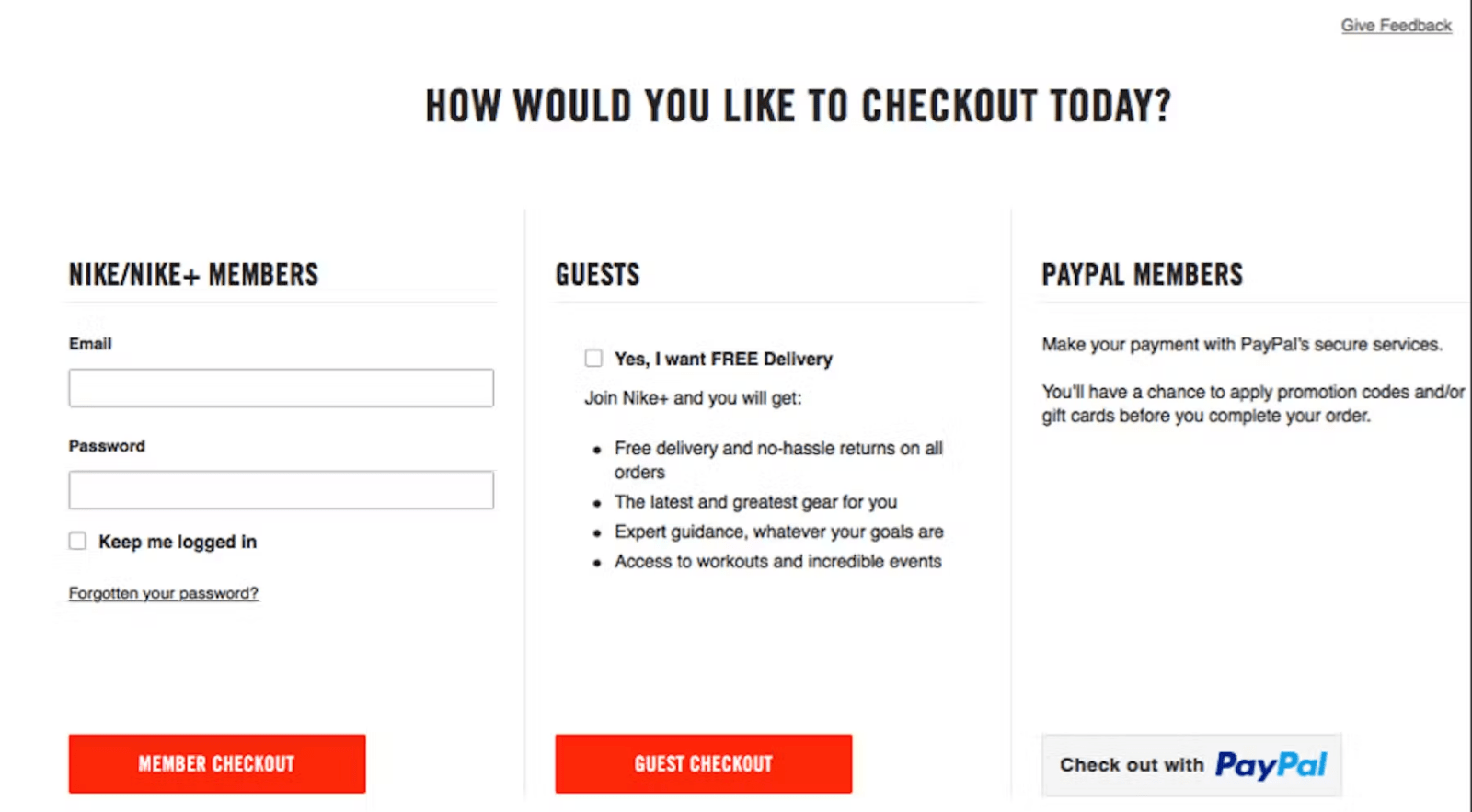
A simplified and seamless checkout process not only enhances user experience but also increases the likelihood of visitors completing their purchase, minimizing bounce rates and maximizing conversions.
8. Enhance Security and Trust
Building trust is paramount for any e-commerce platform. Display trust symbols, secure payment gateways, and privacy policies prominently on your site to assure customers that their information is safe.
Regularly update security measures to stay ahead of potential threats. Transparently communicate your commitment to customer security, fostering confidence in your e-commerce platform.
Establishing trust is a long-term strategy that not only reduces bounce rates but also contributes to customer loyalty and repeat business.
Make security a visible and integral part of your brand, creating an environment where customers feel secure and confident in their transactions.
9. Social Proof
Leverage social proof to build credibility and trust among your audience. Feature customer testimonials, reviews, and user-generated content prominently on your site.
Display ratings and reviews on product pages to provide real-time feedback on the quality of your products. Incorporate user-generated content like customer photos or testimonials to create an authentic connection with potential buyers.
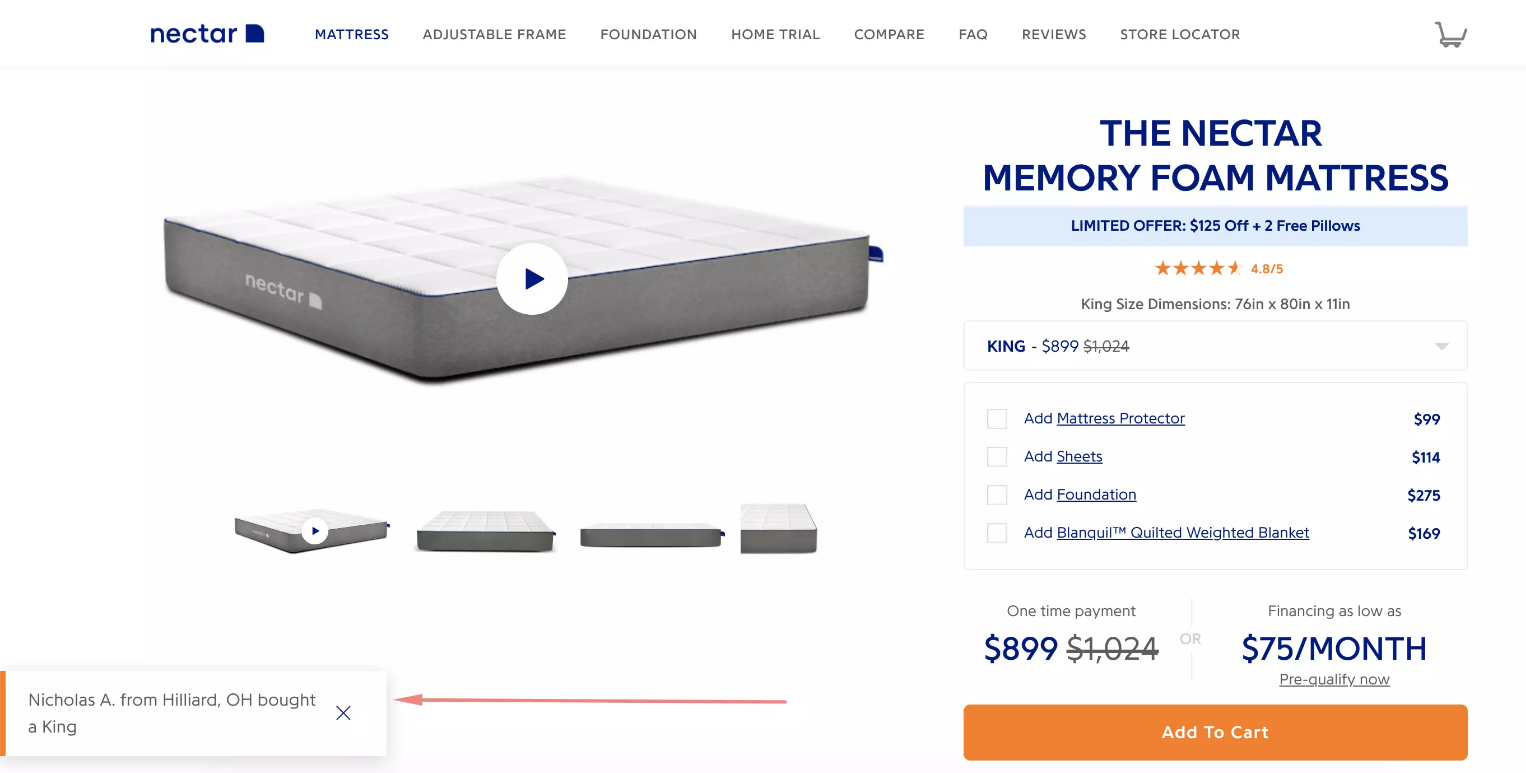
Social proof not only builds confidence but also humanizes your brand. As visitors see positive experiences from others, they are more likely to trust your products and services, reducing bounce rates as they navigate your site with increased assurance.
10. Collect Customer Feedback with On-Site Surveys
Direct feedback from visitors is a goldmine of insights into their preferences and expectations. Strategically deploy on-site surveys to gather information about the user experience.
Ask specific questions about website navigation, product offerings, and any challenges they may have encountered. Analyze the feedback to identify areas for improvement and address concerns.
Act on the insights gained from customer surveys to make informed adjustments to your site, creating a more tailored and engaging user experience that diminishes bounce rates and cultivates a loyal customer base.
One powerful tool for this purpose is Qualaroo. By integrating Qualaroo, you can design targeted and context-specific surveys to probe deeper into visitor sentiments. Ask specific questions about website navigation, product offerings, and any challenges they may have encountered.
With Qualaroo’s advanced features, segment your audience to tailor questions based on their behavior, creating a more personalized and effective feedback mechanism.
Also Read - 11 Pop-Up Best Practices to Drive Conversions
Lower Ecommerce Bounce Rate With the Best Strategies
Making your e-commerce business a success requires a holistic approach to user engagement. From optimizing page load speeds to leveraging advanced tools like Picreel and Qualaroo, each strategy contributes to a seamless online experience.
By strategically implementing exit-intent pop-ups and collecting valuable feedback through on-site surveys, businesses can not only reduce bounce rates but also cultivate a loyal customer base.
Continuous refinement, data-driven decisions, and a commitment to customer-centric improvements form the pillars of a successful e-commerce strategy. Embrace these actionable strategies and witness a transformation in user satisfaction, retention, and overall online success.
Learn More About Ecommerce Bounce Rates
What is a good bounce rate for ecommerce?
A good bounce rate for ecommerce typically falls between 20% and 45%. However, the ideal rate can vary based on factors such as industry, site type, and the nature of the content. Lower bounce rates generally indicate higher engagement and a more effective user experience.
Why should ecommerce sites care about reducing bounce rate?
Ecommerce sites should care about reducing bounce rates because it directly correlates with user engagement and conversion potential. A lower bounce rate signifies that visitors are staying longer and exploring the site, increasing the likelihood of making a purchase. By optimizing the user experience and capturing visitor interest, ecommerce sites can enhance customer retention, boost sales, and establish a more successful online p
 Tips
Tips
We’d love to hear your tips & suggestions on this article!
FREE. All Features. FOREVER!
Try our Forever FREE account with all premium features!

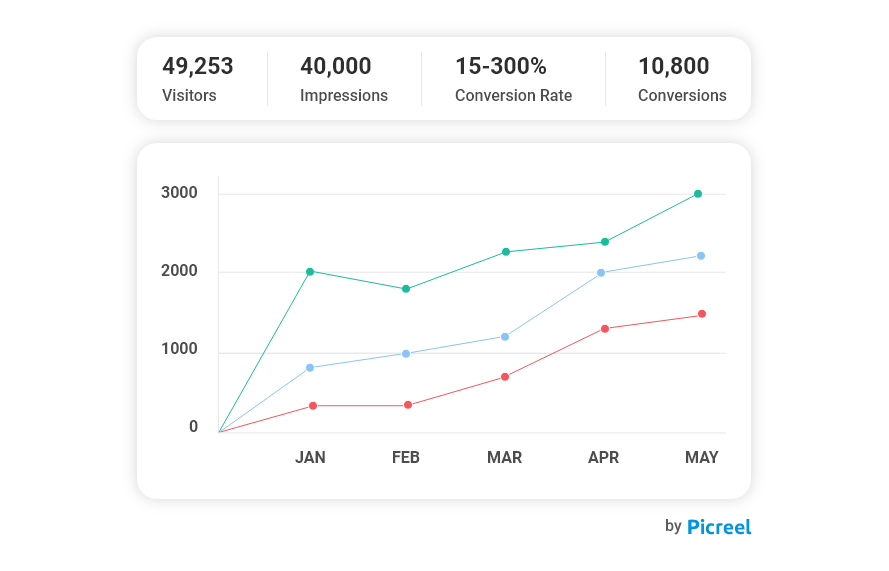
 We'd love your feedback!
We'd love your feedback! Thanks for your feedback!
Thanks for your feedback!







